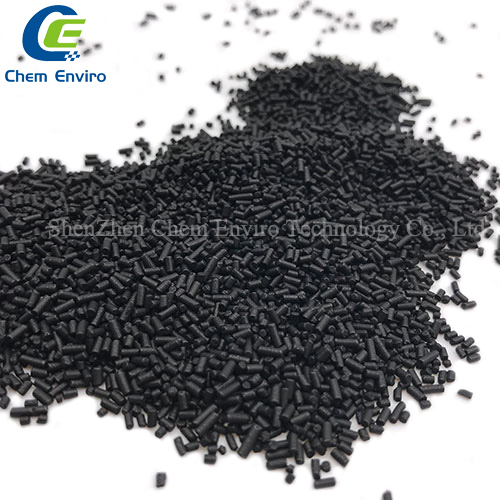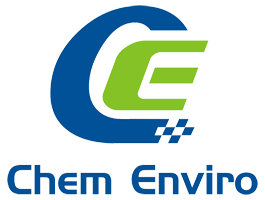Carbon molecular sieves (CMS) are great for gas mixtures, separations, and catalysts. They are used in many industries because they have high chemical stability and a large adsorbate packing density. Here is everything you need to know about this material.
Carbon Molecular Sieves: The Basics
These sieves are carbonaceous materials that have a narrow micropore size distribution. Such a distribution produces high adsorption selectivity. Because of the narrow microporosity, the textual characterization of this material is challenging.
When the pressure is high, the oxygen molecules pass through the pores of the sieve much faster than the nitrogen molecules. The oxygen molecules are adsorbed, while the nitrogen molecules are enriched further in the gas phase. The oxygen air will then be released to reduce the pressure.
After that, the carbon molecular sieve is regenerated and prepared for another cycle to perform the same function.
Characteristics Of the Carbon Molecular Sieves
To understand this material better, you need to understand its features and how they work. Here are the top characteristics of the carbon molecular sieves that make them unique for many industrial applications:
- Adsorbent For Pressure Swing Adsorption (PSA)
CMS is one of the main adsorbents for PSA nitrogen gas generator. CMS will adsorb oxygen, moisture, and carbon dioxide in compressed air over a short period of time. After that, nitrogen will be available at the outlet.
The pressure reduces to a vacuum or atmospheric level. At that point, CMS has adsorbed oxygen and other gases have desorbed them. When this happens, nitrogen gas will be continuously available in the air.
- Spherical
The shape of these sieves is usually spherical. That allows it to be better packed than other particles that are granular. That is why it is widely used in many industries.
Our carbon molecular sieves come in pellet shapes, which offer the same performance as spherical-shaped sieves. That is why you can count on them to work the best.
- Hydrophobic
Hydrophobic means that the carbon molecular sieves can easily be used in environments with high humidity. That is because it offers mighty relative adsorptive strength than other materials of the same category. You can use it in humid environments to make the most of your production process.
- Non-Friable And Hard
These characteristics allow the carbon molecular sieve to pack well. They are readily available in packets, and they will not break. You can store them for a while and use them later on as they will maintain their appearance and shape.
That is why many industries opt for this material as it does not break in transportation. The strength of this material is unparalleled to any other.
Final Words
That is everything you need to know about carbon molecular sieves. They have a long life, and they can reduce your operational costs with time. Using these beads to absorb and regenerate allows continuous production of nitrogen in the production cycle.
It can easily separate nitrogen from many gases under pressure. So, if you also want to make use of this application, you can invest in carbon molecular sieves for the production process.


